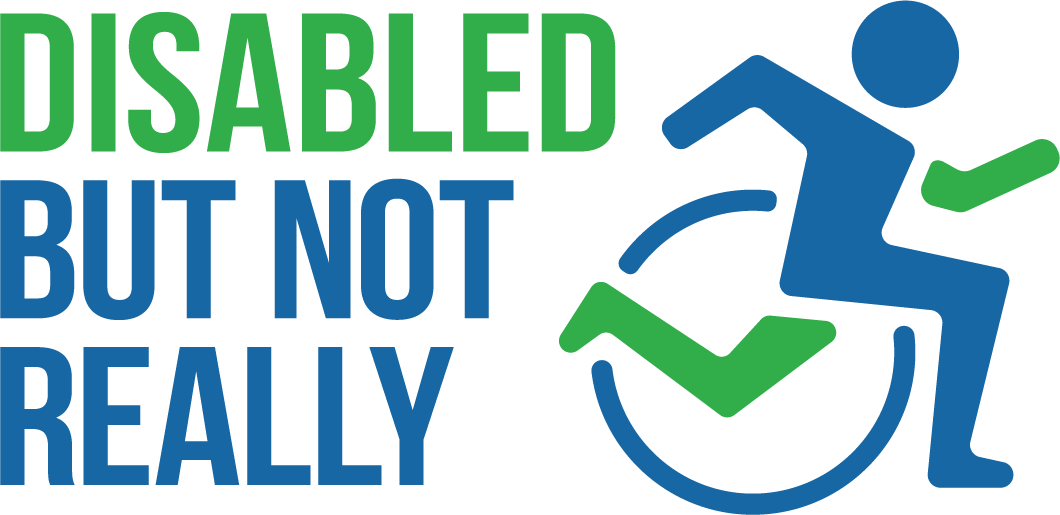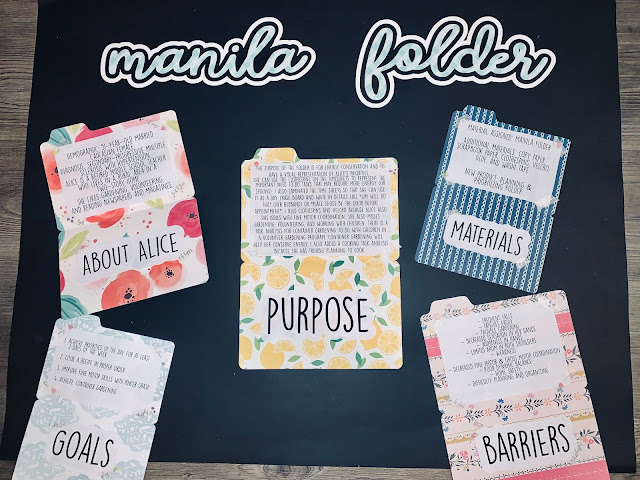Disabled but Not Really - Neuro Note #1
I watched a Netflix series called Queer Eye. The episode is called Disabled but Not Really (season 4, episode 2). Queer Eye is a show about
5 men giving a deserving person a makeover. This episode featured a man
named Wesley Hamilton who suffered from a gunshot wound and acquired a spinal
cord injury that left him paralyzed from the waist down. He was bedridden for 2
years and was also overweight. His injury took a toll on him not only physically but mentally and he became depressed. His injury also affected his mother who
gave up her life to take care of him. After years of having his disability and
being in a wheelchair, Wesley became more physically active and lost over 100
lbs. He started a foundation called "Disabled but Not Really". His
foundation is to provide awareness and programs to people who have disabilities
and to encourage them to be healthy and physically fit. He shared how he felt that his accident helped him in a positive way and that he felt more empowered in his chair than when he able to walk.
I chose to watch this for my neuro
note because I enjoy this show and the concept behind it. Since this show is
all about making over someone's life I thought it would be interesting to see
how they would makeover a guy who has a spinal cord injury and the adaptations
that would need to be made to help better his life. When they did a tour of his home, he expressed how one of his occupations, cooking, was hindered because of
his disability. He could not reach his stove and he used a spatula to navigate
the buttons on his stove which often led to him getting burned frequently. He also
expressed how he never wore jackets. This was because they would always get
dirty if they were too long and would drag on his wheels. He also communicated
how when he would do his morning routine he could not see himself in the
bathroom mirror. He also used adaptive equipment like a reacher to reach for
clothes in his closet. I appreciated this segment because not wearing a jacket
or not being able to see yourself in the mirror are things I never would have
considered and as a future OT, I found it very insightful and will remember it
for clients in the future.
To address these issues, the queer
eye team redid Wesley’s entire home to accommodate his needs and improve his
independence. They added a ramp to the front of his house, they moved his
washer and dryer from the basement to make it more accessible, they moved his
cabinets and kitchen appliances to his eye level and they also positioned his mirror in his bathroom at
an angle so that he could see himself. They tailored his clothes so that they would no longer drag on the floor. It was great to see how these changes
would improve his independence. Wesley was very appreciative
and was happy that he would be able to do tasks around his home more
independently. I found Wesley and his story to be very inspiring because he had
an attitude that was empowering instead of defeated.
Here is a link
to his foundation, Disabled but Not Really, where there is information on how to
get involved.

https://disabledbutnotreally.org/
References:
References:
David, C. (Producer), & Abed, H. (Director).(2019). Queer Eye: Disabled but Not Disabled. Retrieved from netflix.com.

Comments
Post a Comment